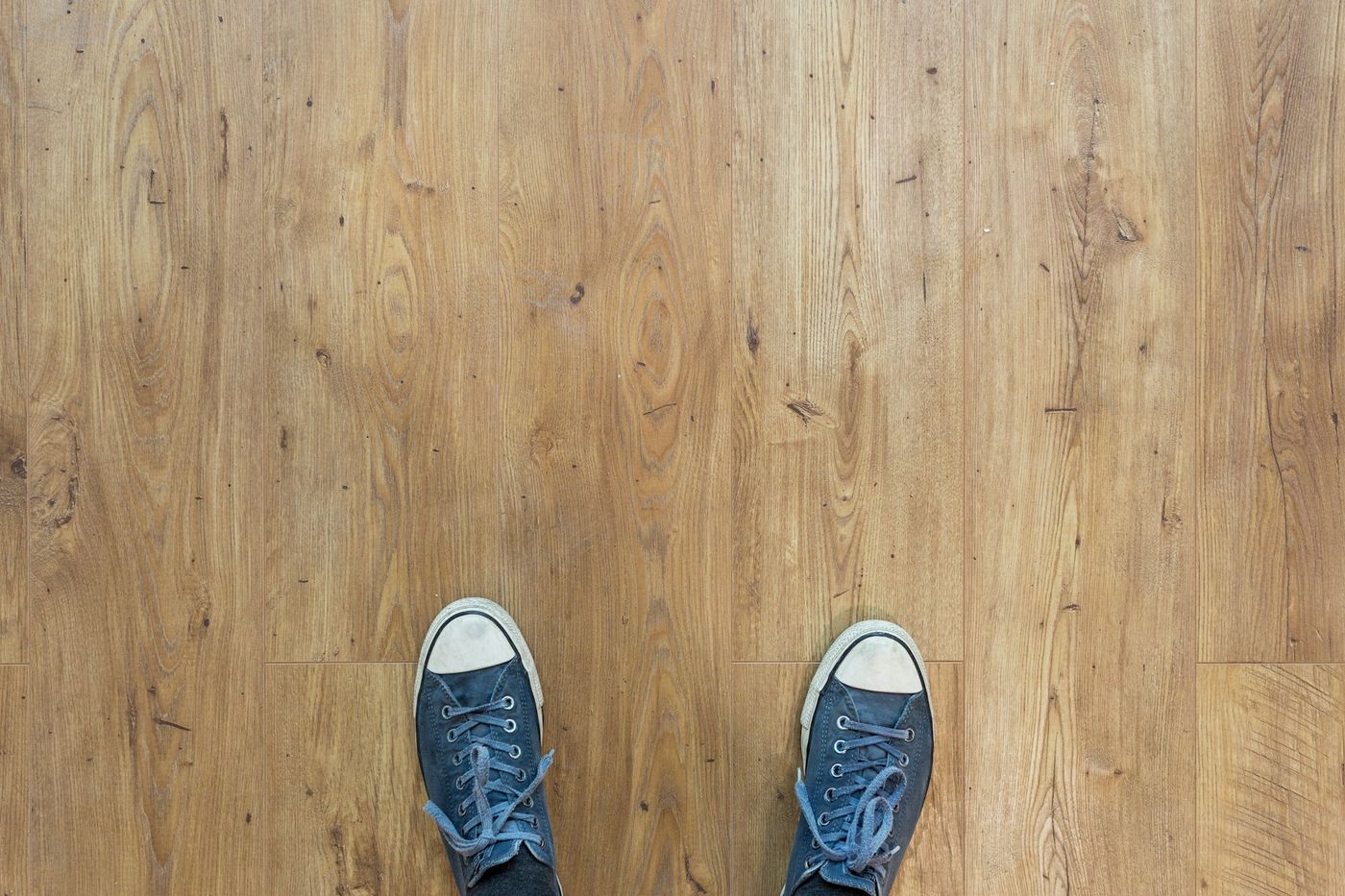Squeaky floors can be quite annoying, especially when you're trying to move around quietly without disturbing others. Whether it's the sound of footsteps echoing through the night or the creak that gives away your sneaky snack run, those sounds need to be stopped. Fortunately, understanding why floors squeak is the first step in solving this common household issue.
Typically, squeaks start when floorboards rub against each other or nails loosen over time. This can happen in any home, new or old. Identifying the problem areas is essential for finding the right fix. Once you know where the squeak is coming from, you're closer to getting rid of it.
With a few tools and some simple techniques, you can often silence minor squeaks yourself. However, more stubborn squeaks might require a bit more effort. Learning the tricks of the trade will help keep your floors quiet and smooth. Whether it's tightening loose boards or choosing better materials for the future, there's a range of effective solutions at hand for stopping those pesky sounds.

